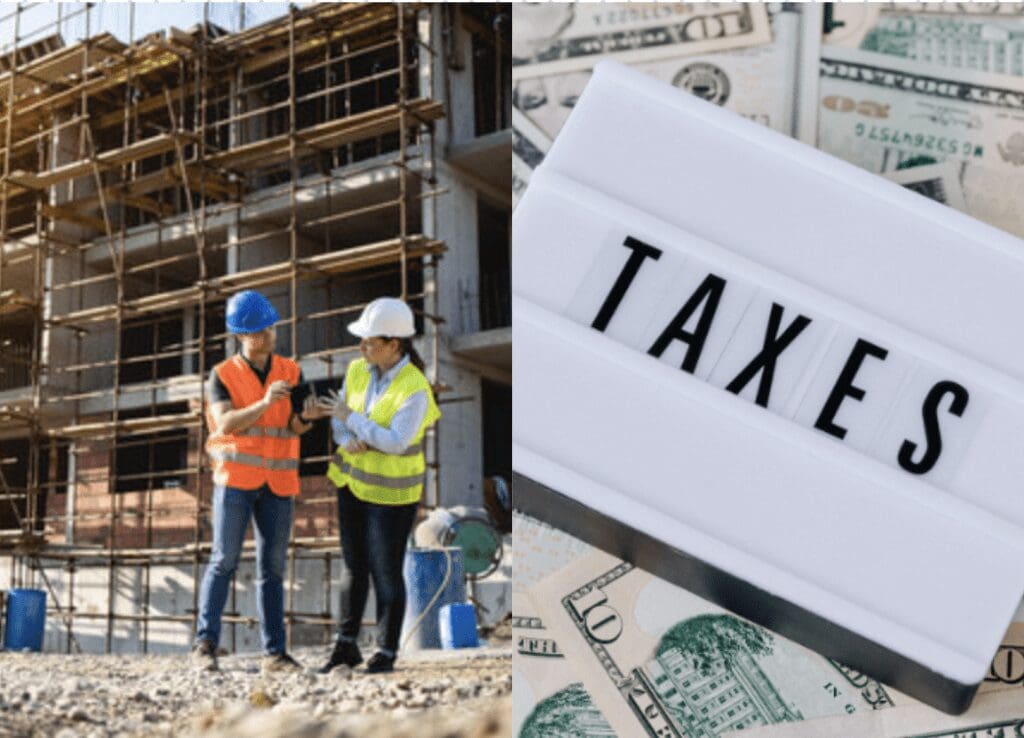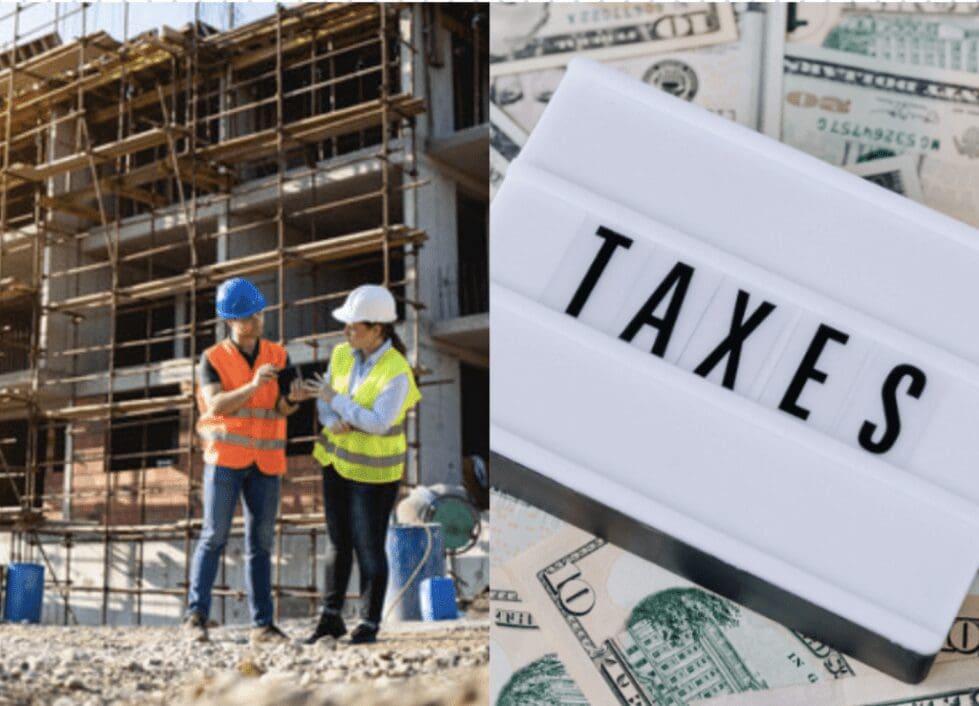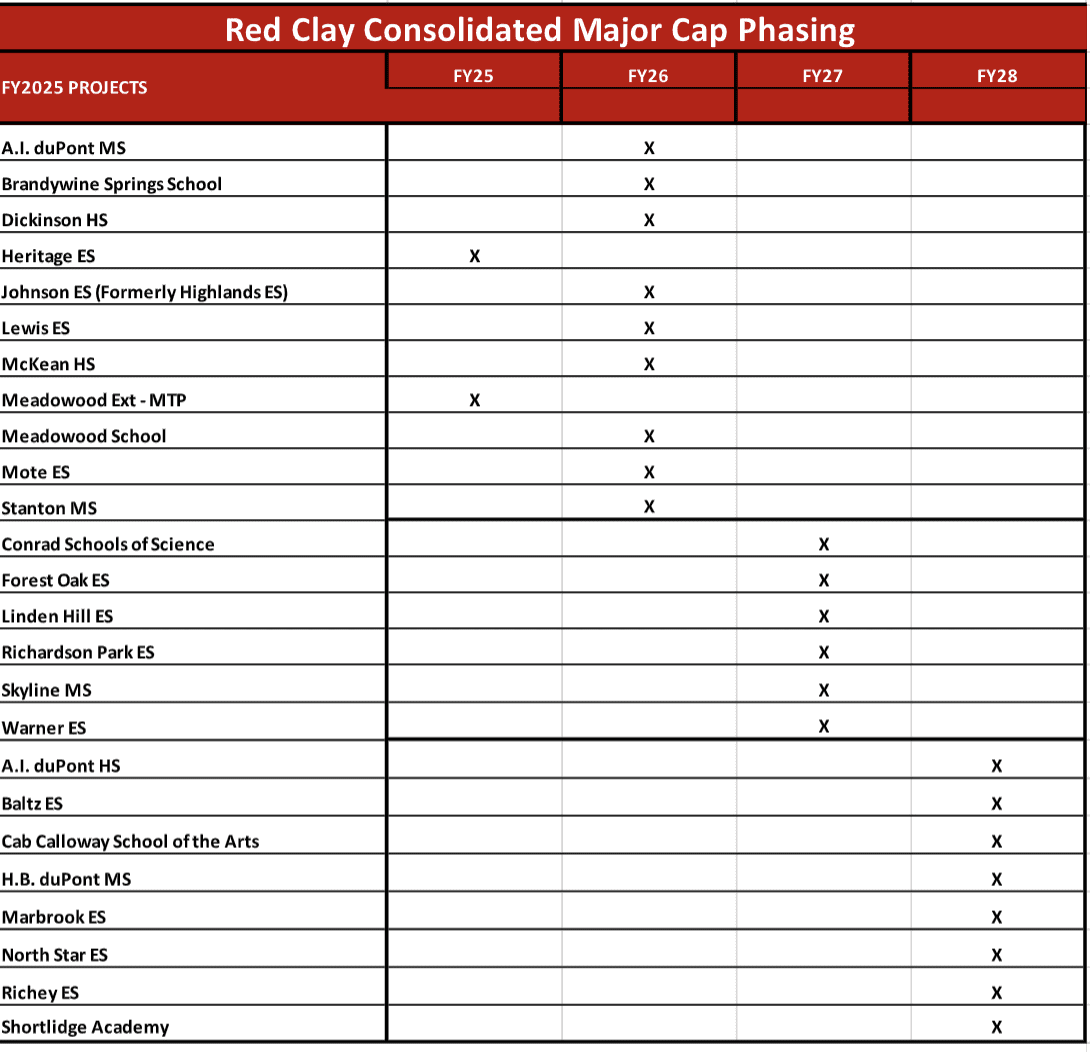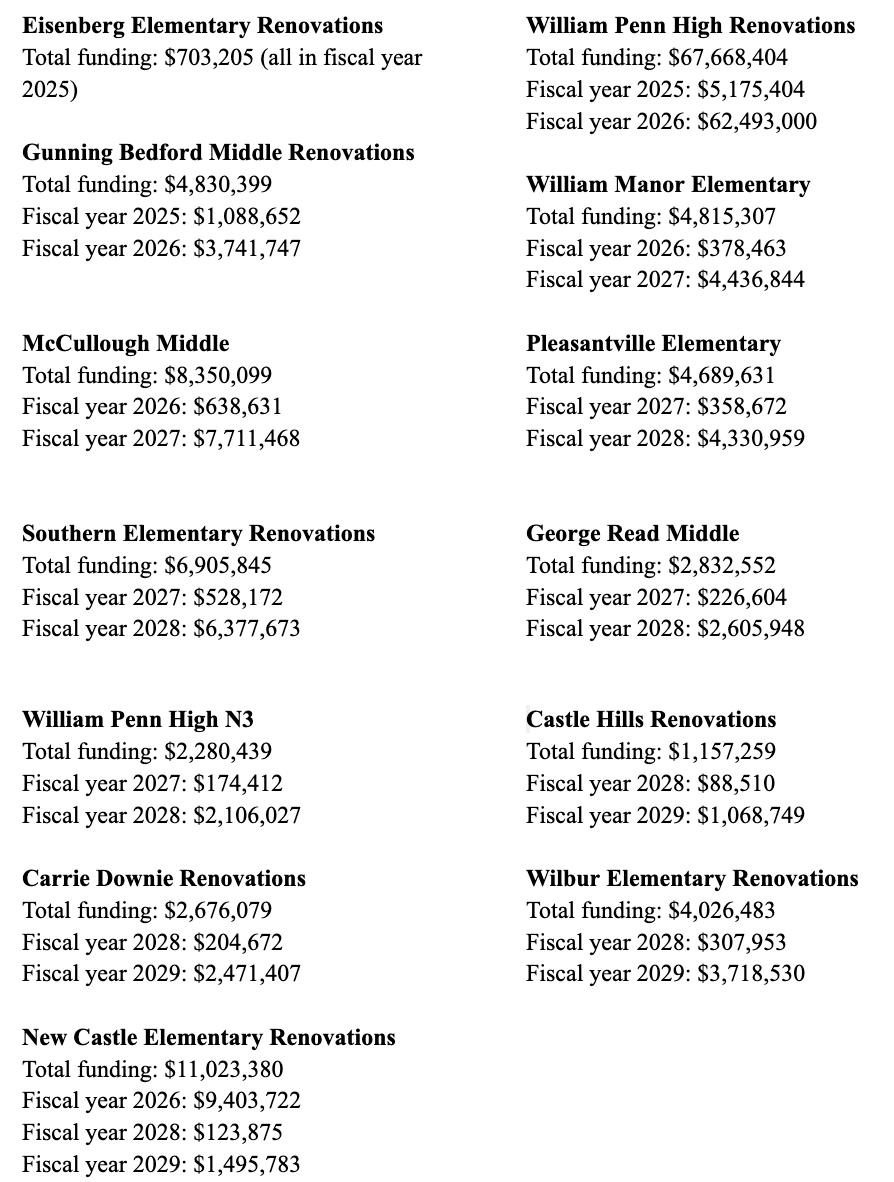
Districts that have had successful referendums are now planning designs, construction bids, and how projects will be phased over the next few years.
Now that Colonial, Red Clay and Brandywine have had successful referendums, residents of those school districts may be wondering when they’ll have to pony up finances and when they’ll see new facilities.
Delaware school districts that have had a successful referendum typically phase their spending over three years or more.
The concept of the referendum isn’t widespread nationally.
Delaware is one of the few states that utilizes them as a part of its policy of local control to raise taxes in order to increase revenue for the district needs such as teacher pay or a new building.
In most other states, school boards can automatically increase taxes without holding a public vote as long as the tax hike is below a certain percentage.
In this 2023-2024 school year, six of Delaware’s 19 districts have held or will hold a referendum to raise taxes and revenue – the most since the 2009-2010 academic year.
RELATED: Why Delaware is having the most school referendums in 14 years
All six are among the top 10 districts with the highest student populations.
Colonial, Red Clay and Brandywine school districts have had successful referendums.
Smyrna and Appoquinimink school districts saw their referendums fail, but districts get two shots at referendum to be able to match state funding. Appo’s second attempt will be April 23. Smyrna has yet to pick a second date.
Cape Henlopen’s referendum is March 26.
“Now the real work begins, right, it’s not like the referendum passed and now we get to sit back and relax,” said Ted Ammann, assistant superintendent at Red Clay. “In terms of the operating side, the next step will be in July, when we provide the tax warrant to the county and that’s when our board votes on the tax rate.”
The changes to the local tax will be included in the upcoming fiscal year 2025, which begins July 1 and concludes June 30, 2025.
“Then the county will generate the property tax bills in the fall and they go out,” Ammann said. “I think they usually go out in August or September and they’re due in the fall.”
Districts then typically present updates and the phased-plan at board meetings following the successful referendum.
This includes what buildings are undergoing projects, and how the funding for each project is broken down by fiscal year.
There’s no right or wrong way to present this plan, and districts display it differently.
Red Clay, for example, differentiates between design costs and construction costs, and also shows the amount of state funds versus district funds as well as costs for inflation.
But the district also has a much more digestible version that shows which years each school building will undergo construction:
“The assumption can sometimes be ‘Hey, we voted for it, when are we going to see this, is it going to be in three months?’” Ammann said. “Certainly not, not right away. Some of the stuff has some design time upfront and we’re also looking at pre-purchasing some of our things.”
Pre-purchasing is when the district essentially buys in bulk to save money. For example, if they’re purchasing unit ventilators – which generate heating or cooling in classrooms – in multiple schools over multiple years, the district has an advantage in purchasing all the units up front.
Colonial School District had a successful referendum on Leap Day, one day after Red Clay’s passed, and it’s also gearing up its five-year plan.
RELATED: Colonial referendum passes one day after Red Clay’s success
“The tax rate and the tax implications will begin once the board approves our tax rate in July, so that’s when it’ll start hitting the communities in terms of the impact on taxes,” said Superintendent Jeff Menzer, “and then in terms of the work, it is teased out over five years and it’s very school specific.
The district will spend $121,959,082 on projects ($6,967,261 in fiscal year 2025, $76,655,563 in fiscal year 2026, $13,436,172 in fiscal year 2027, $16,145,617 in fiscal year 2028 and $8,754,469 in fiscal year 2029).
Here’s the timeline and costs for all 13 schools undergoing projects:
The “William Penn High N3” above is referring to the Wallin School, which has been dissolved and the building has become a part of William Penn under the name of “N3.”
The William Penn campus is in the first and second year of the 5-year plan. While there is a small amount of funds allocated for the first year, Menzer said fiscal year 2026 is when the bulk of the funds will be available for the campus revitalization in terms of the athletic facilities and the event complex.
Being able to work on big projects is unusual for the district.
“The magnitude of the work is something we need to now prepare for,” Menzer said. “What does this look like for us? Because to this point in my tenure, and in recent history, it’s all been minor capital work which is different from what we’re doing now.”
There are different requirements that are to be followed for major capital work.
In April, the administration will give the board the playbook for the state “so that they can understand when they’re going to hear certain things from us about work, like bids, approvals, designs, all these different things,” Menzer said.
Districts often space out the tax increase based on how it spaces out its projects.
So for Colonial, there will be a 25 cents increase per $100 of assessed property value in fiscal year 2025, 10 cents increase in fiscal year 2026 and five cents increase in fiscal year 2027.
The district will incorporate updates into each board meeting so the community can see the progress on how the district is growing as well as how their increase in tax dollars are being utilized.
Ammann said being transparent is crucial.
Parents are eager to see when the improvements the district proposed will come to fruition in their child’s school.
Districts will actually receive the state funding at different times throughout a certain fiscal year.
The timing of funds is determined in the yearly Bond Bill, according to Alison May, public information officer at the Delaware Department of Education.
The Bond Bill for this year, fiscal year 2024, can be found here.
Ammann said there’s some leniency for the district throughout the process of choosing project designers and issuing bids and requests for proposals, but there are still state guidelines surrounding procurement.
“If you’re spending more than $250,000 on a particular vendor, you need to have a public bidding process where we advertise in the newspaper and advertise on the state’s marketplace website,” he said. “We tell them this is the work we’re looking to do, any interested bidders please submit your package by such and such a date, and then we go through and award those things.”
He said architects and engineers are similar but their work is not considered public works. It’s considered professional service.
“But it’s that same concept we need to do an [request for proposal] process where any architect or engineer is welcome to submit a proposal and say why they think they’re the best company for the job,” he said. “Then we review them and we typically will bring them in to do a presentation rather than just looking at it based on a packet that they submit.”
The district then ranks the architect or engineer based on their proposals, and negotiations begin as the two parties try to agree on a price tag for the work.

Raised in Doylestown, Pennsylvania, Jarek earned a B.A. in journalism and a B.A. in political science from Temple University in 2021. After running CNN’s Michael Smerconish’s YouTube channel, Jarek became a reporter for the Bucks County Herald before joining Delaware LIVE News.
Jarek can be reached by email at [email protected] or by phone at (215) 450-9982. Follow him on Twitter @jarekrutz
Share this Post







